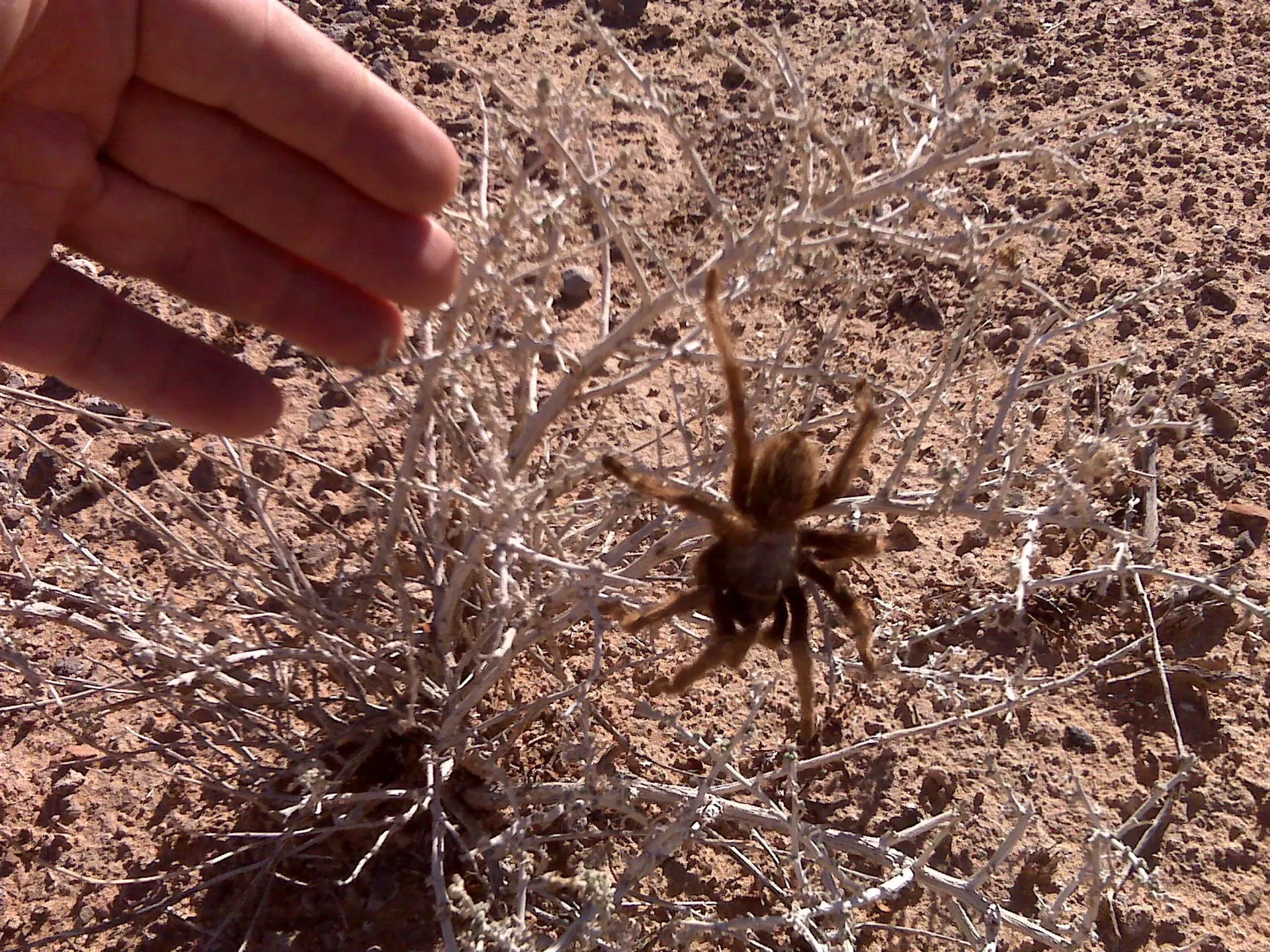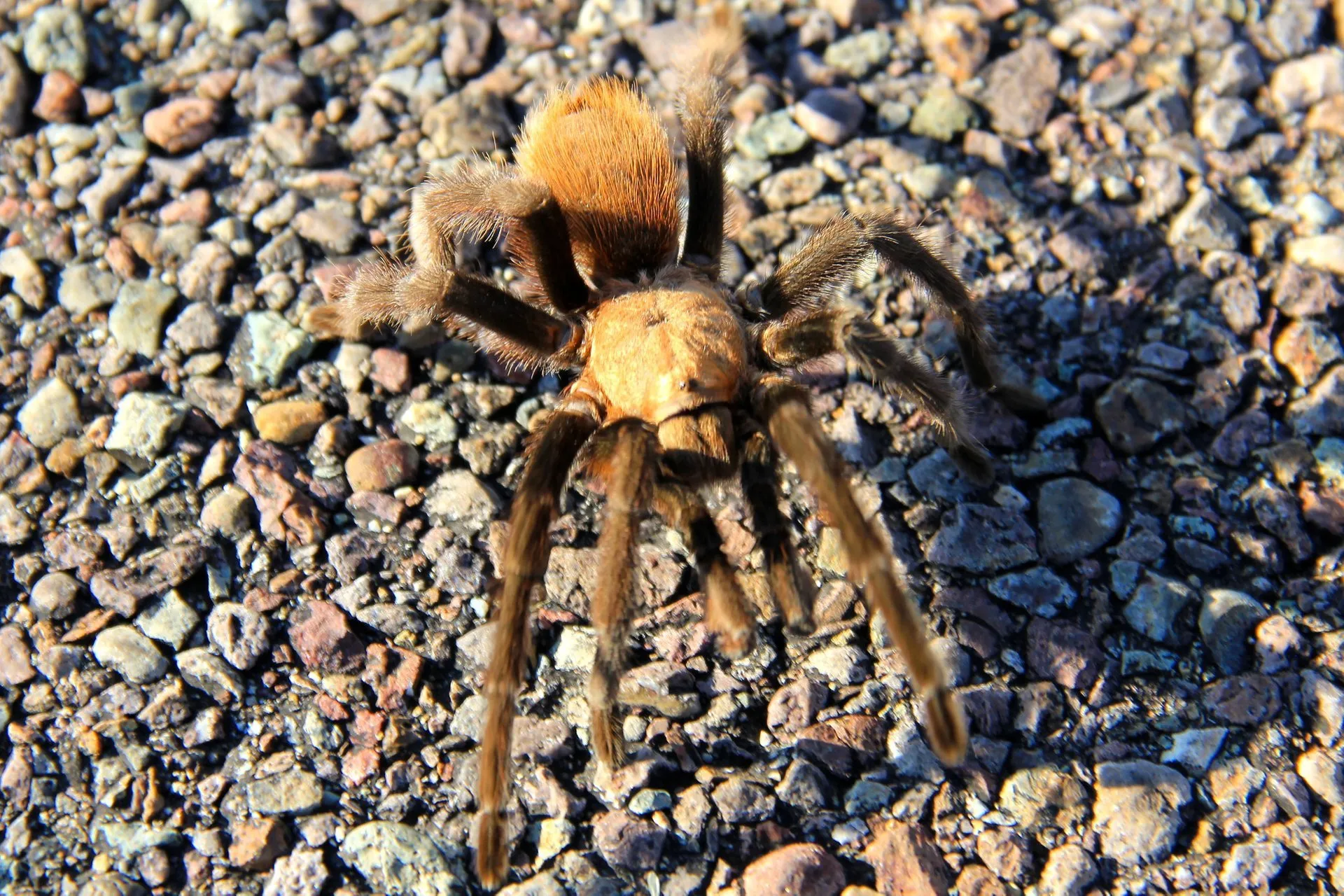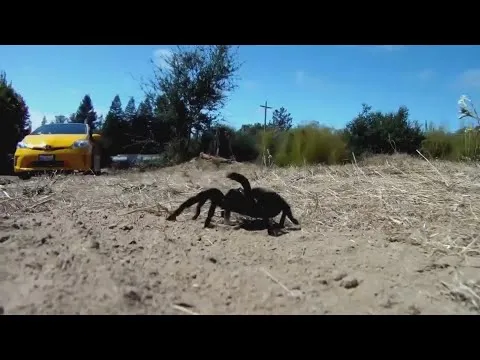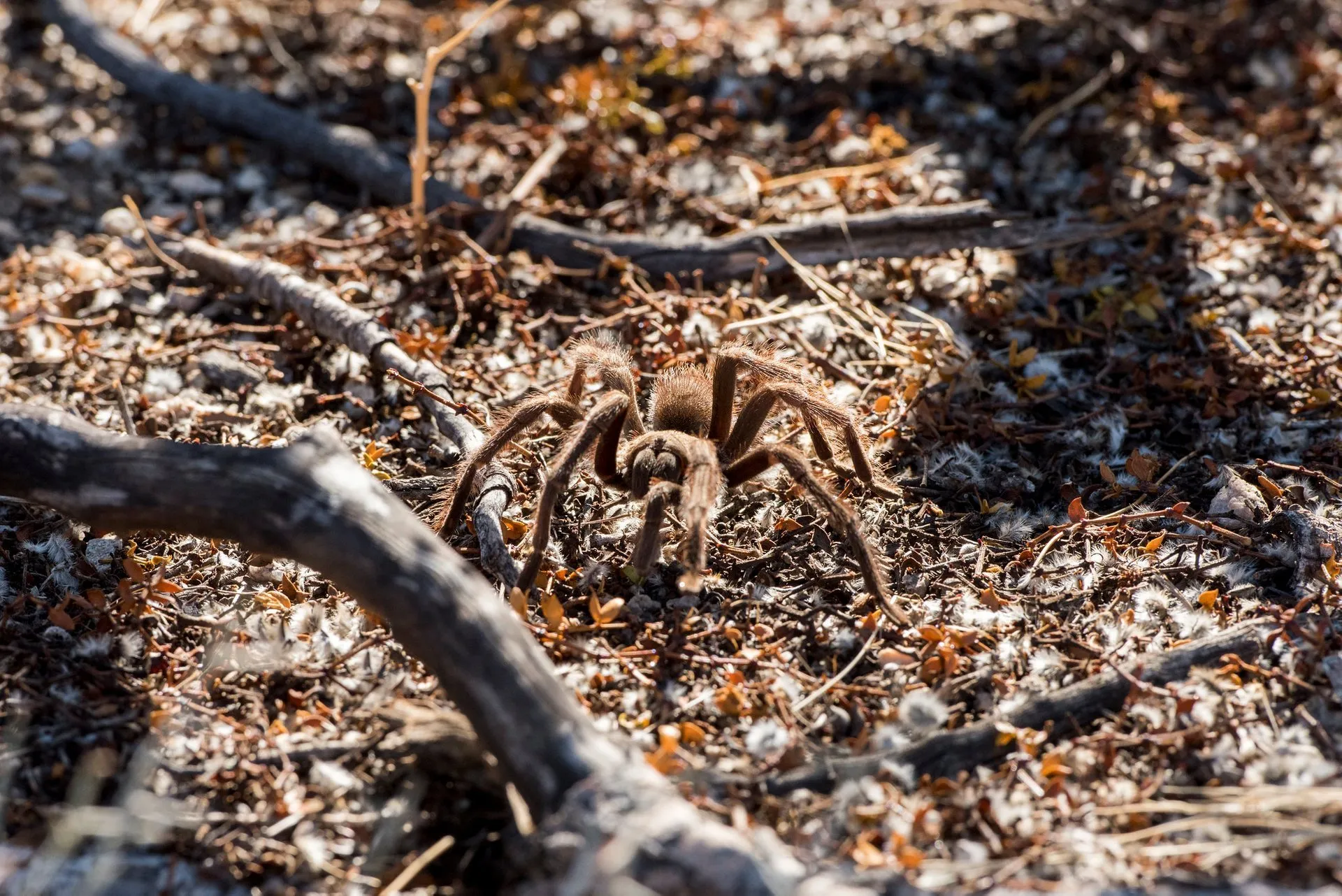What is the Tarantula Migration in New Mexico?
The tarantula migration in New Mexico is a remarkable natural phenomenon where thousands of tarantulas, primarily the male tarantulas, embark on a journey across the landscape. This annual event typically occurs in the fall, with the males seeking out females for mating. This migration, a thrilling display of nature’s cycles, draws the attention of both locals and tourists, turning the normally quiet desert and grasslands into a stage for this impressive spectacle. Understanding the migration involves recognizing the tarantulas’ behaviors, their motivations, and the environmental factors that trigger this mass movement. This spectacle offers a chance to witness the resilience and intricate workings of the natural world, making it a valuable educational opportunity.
The Biology of Tarantulas
Tarantulas, belonging to the Theraphosidae family, are large, hairy spiders known for their impressive size and relatively long lifespans. They are primarily nocturnal hunters, feeding on insects, small reptiles, and occasionally even small mammals. Male tarantulas are generally smaller than females and have shorter lifespans, often only surviving a few years after maturity, while females can live for over 20 years. They possess fangs for injecting venom, which they use to paralyze their prey, and their bodies are covered in sensory hairs that help them detect vibrations and movement. The tarantulas of New Mexico are well-adapted to the arid environment, capable of surviving harsh conditions and utilizing burrows for shelter. Knowing their basic biology is key to understanding the migration patterns.
Mating Season and Migration Behavior

The tarantula migration is intrinsically tied to their mating season. As autumn arrives, mature male tarantulas leave their burrows in search of females. They embark on their journey, driven by the primal urge to reproduce. This migration can cover considerable distances, with the males actively seeking the females’ burrows. The process involves the males following pheromone trails left by the females. Once a male locates a potential mate, he engages in a courtship ritual, tapping his legs and vibrating his body to signal his intentions. If the female accepts, mating occurs, after which the male typically departs, and the female may lay eggs. This migration behavior is a critical part of their life cycle, ensuring the continuation of their species and the population’s health.
The Journey of the Tarantulas
The tarantula’s journey during migration is a testament to their resilience and adaptability. The males navigate through diverse terrains, from open grasslands to rocky hillsides, driven by instinct and the scent of potential mates. Their journey is fraught with challenges, including predation by birds, snakes, and other predators, as well as environmental hazards such as extreme temperatures and lack of water. They use their sensory hairs to detect vibrations and navigate their surroundings, often moving at night to avoid the heat of the day. Witnessing this journey provides insight into the tarantulas’ endurance and their complex interactions with their environment. It is a captivating display of how these creatures cope with the natural elements.
Factors Influencing Migration
Several factors influence the timing and intensity of the tarantula migration. The primary trigger is the mating season, which is closely linked to the changing seasons and environmental conditions. Temperature, rainfall, and daylight hours play crucial roles in initiating the migration. Warm temperatures and the end of the monsoon season often signal the start of the migration. The availability of food and the health of the tarantula population also have an impact. Understanding these factors helps predict when and where the migration will occur, allowing enthusiasts and researchers to observe and study this extraordinary natural event. It also helps us assess the tarantula population’s well-being and the broader health of the ecosystem.
Best Time and Locations to Observe

The best time to observe the tarantula migration in New Mexico is typically during the fall months, from late September to early October. Popular viewing locations include the grasslands and foothills of the state, especially near the Rio Grande Valley. The specific timing and location can vary depending on the year’s weather patterns. Some of the well-known areas are near the town of Las Cruces and the surrounding areas. Visitors should research the migration patterns for the current year and check local reports for updates on peak activity times and any potential closures or safety advisories. Planning your trip carefully ensures that you maximize your chances of witnessing this spectacular event.
Where to See the NM Tarantula Migration
Several locations in New Mexico offer excellent opportunities to witness the tarantula migration. Areas around the Organ Mountains-Desert Peaks National Monument are popular, due to the diverse terrains and healthy tarantula populations. The foothills of the Gila National Forest also provide good viewing opportunities. State parks and protected areas often host migrations, making them ideal for observing the event. When choosing a location, consider accessibility, safety, and the potential for encountering other wildlife. Always check the latest information from local park authorities and wildlife organizations to ensure a safe and responsible viewing experience. Remember to respect the environment and the natural habitat of these fascinating creatures.
Top 5 Tips for Safe Viewing
Observing the tarantula migration can be an exciting experience, but it’s essential to prioritize safety. Here are five important tips for a safe viewing experience: Firstly, wear appropriate footwear, such as sturdy hiking boots, to protect your feet from potential bites and uneven terrain. Secondly, avoid disturbing or handling the tarantulas; observe them from a safe distance. Thirdly, bring a flashlight or headlamp for nighttime viewing, as migrations often occur in the evening or early morning. Fourthly, be aware of your surroundings and watch out for other wildlife, such as snakes or scorpions. Lastly, respect the environment, leave no trace, and avoid damaging the habitat of the tarantulas. Practicing these tips will help ensure a safe and enjoyable experience for everyone.
Respecting the Tarantulas and Their Habitat

It is crucial to show respect for the tarantulas and their habitat during the migration season. Avoid disturbing the tarantulas or altering their environment. Refrain from feeding them, handling them, or disrupting their natural behavior. Stay on designated trails and avoid damaging any vegetation or disturbing the soil. Be mindful of noise levels, especially at night, when these creatures are most active. Additionally, educate yourself about the local ecology and the importance of preserving the natural habitat. By practicing responsible viewing habits, you contribute to the conservation of these magnificent creatures and their crucial role in the ecosystem. This will allow future generations to continue to enjoy this fantastic event.
Conservation and Awareness
Raising awareness about the tarantula migration and conservation efforts is vital for protecting these amazing creatures. Support local wildlife organizations and initiatives dedicated to the conservation of tarantulas and their habitats. Educate others about the importance of preserving the natural environment and its inhabitants. Share your experiences responsibly and encourage responsible viewing practices. Consider donating to conservation efforts or volunteering your time to help protect these fascinating creatures. Spreading awareness about the ecological significance of the tarantulas and their migration patterns contributes to their long-term survival and the health of the ecosystems they inhabit. By acting responsibly and getting involved, you can help conserve the beauty of the tarantula migration for future generations.
